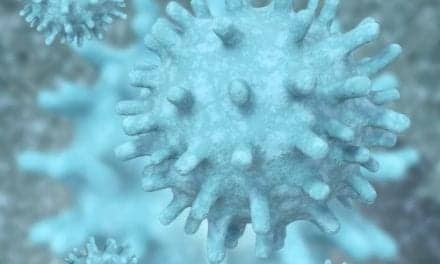Interleukin-22 (IL-22) doesn’t play a major role during lethal influenza, but it does limit lung inflammation and subsequent bacterial superinfections during sublethal H3N2 IAV infection, according to study results published online ahead of print in the Journal of Virology.
“Our data indicate that retinoic acid receptor-related orphan receptor-?t (ROR?t)-positive alpha-beta and gamma-delta T cells, as well as innate lymphoid cells, expressed enhanced Il22 transcripts as early as 2 days postinfection,” the authors wrote. “The protective effect of endogenous IL-22 in pulmonary damages was associated with a more controlled secondary bacterial infection. Indeed, after challenge with Streptococcus pneumoniae, IAV-experienced IL-22 animals were more susceptible than WT controls in terms of survival rate and bacterial burden in the lungs.”
The study found that several cell types belonging to the innate immune system produce interleukin-22 soon after infection. The lack of interleukin-22 aggravates the pathogenesis that develops in the lungs and, in particular, exacerbates epithelial damage caused by the virus. Furthermore, endogenous interleukin-22 displays a protective role during secondary bacterial (pneumococcus) infection in the mouse system.
“If it works as well in humans, the production of interleukin-22 could confer a substantial benefit on patients having flu,” said corresponding author François Trottein.









